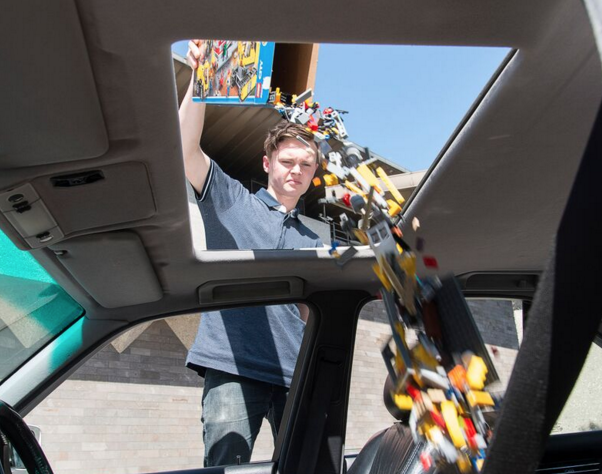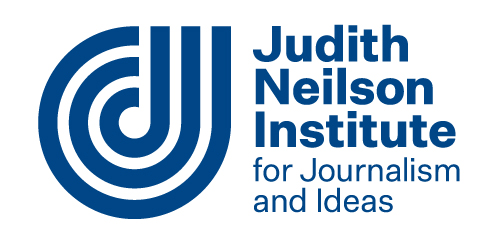The Danish toy company has agreed to fulfil a bulk order for the Chinese artist after previously declining on “political grounds.”
Popular Danish toy company LEGO has agreed to support Chinese artist Ai Weiwei after facing a critical backlash from consumers last year. The controversy began when Ai Weiwei told the world that he’d been denied a bulk order of LEGO for use in the exhibition Andy Warhol | Ai Weiwei, currently showing at the National Gallery of Victoria in Melbourne. One of Weiwei’s largest pieces features portraits made out of LEGO of prominent Australian human rights activists, including Australian of the Year and anti-domestic violence campaigner Rose Batty, previously imprisoned journalist Peter Greste, Wikileaks founder Julian Assange and Aboriginal rights activist Gary Foley.
The Australian LEGO installation was a repeat of similar exhibits by the Chinese artist, whose politically charged artworks have been strongly criticised by his native Government. After LEGO declined the initial order, citing “political grounds,” Weiwei took to social media platform Instagram to voice his thoughts on LEGO’s response: “As a powerful corporation, LEGO is an influential cultural and political actor in the globalised economy with questionable values. LEGO’s refusal to sell its product to the artist is an act of censorship and discrimination.” Weiwei is a passionate advocate for artistic freedom and democracy in China, where he has previously spent time in jail and been prohibited from his leaving his home country by the government. The post suggested that LEGO was protecting commercial interests associated with their newest Legoland planned for Shanghai. LEGO clarified that Legoland parks were sold to British firm Merlin Entertainments 10 years ago, but this explanation did little to appease the many thousands of art lovers who Ai Weiwei reaches via his popular social media channels.
 One of the LEGO collection points
One of the LEGO collection points
A social media campaign with the hasthtag #legosforweiwei quickly spread as Australians and others around the world (including Ai Weiwei’s young son) donated LEGO bricks to the artist. A LEGO collection point – an old car – was installed in the NGV’s sculpture garden to handle the volume of donations, with similar vehicle collection points soon appearing elsewhere around the world. One such car in Beijing was filled to the brim. Thousands of people also took to social media to voice their outrage at LEGO for politicising the popular toy and for attempting to censor the artist, but now it seems the company are trying to reverse this PR disaster. Earlier this week, a LEGO spokesman said the company will now fulfil the bulk order. “In future we are not going to ask for what we call the thematic purpose of the build,” said Roar Rude Trangbeak to ABC in Denmark. “Instead we are going to ask the purchase to make it clear that we are not endorsing or supporting the activity as a company. We make LEGO bricks and LEGO bricks are all about freedom of expression, because anybody can take LEGO bricks and build whatever they can imagine. We have adjusted a guideline for bulk purchase but we are still refraining as a company from engaging in political activities.”
While the gesture is clearly contrite, it may have arrived too late. Ai Weiwei was able to source an alternative supply for the LEGO installation, which was opened to the public on December 11 last year. The artist has since donated the installation to the NGV as a permanent exhibit. The gallery is now in possession of an excess of LEGO after being inundated with donations via its LEGO collection points both in Melbourne and abroad, and while the NGV has said they intend to make use of the bricks for an artistic purpose in the future, they are yet to decide how and when the LEGO stockpiles will be turned into art.
The National Gallery of Victoria exhibition explores the influence of Warhol and Weiwei on modern art and contemporary life through a collection of more than 300 works, including immersive installations, paintings, sculpture, social media and more. At the intersect of the two artists’ oeuvres is an examination of cultural politics, with Warhol representing “twentieth century modernity and the ‘American century’, whilst Weiwei reflects “other contemporary life in the twenty-first century and what has been heralded as the ‘Chinese century’ to come.”
The Andy Warhol – Ai Weiwei exhibition is at the National Gallery of Victoria until 24 April 2016.












Comments
Log in to join the conversation.